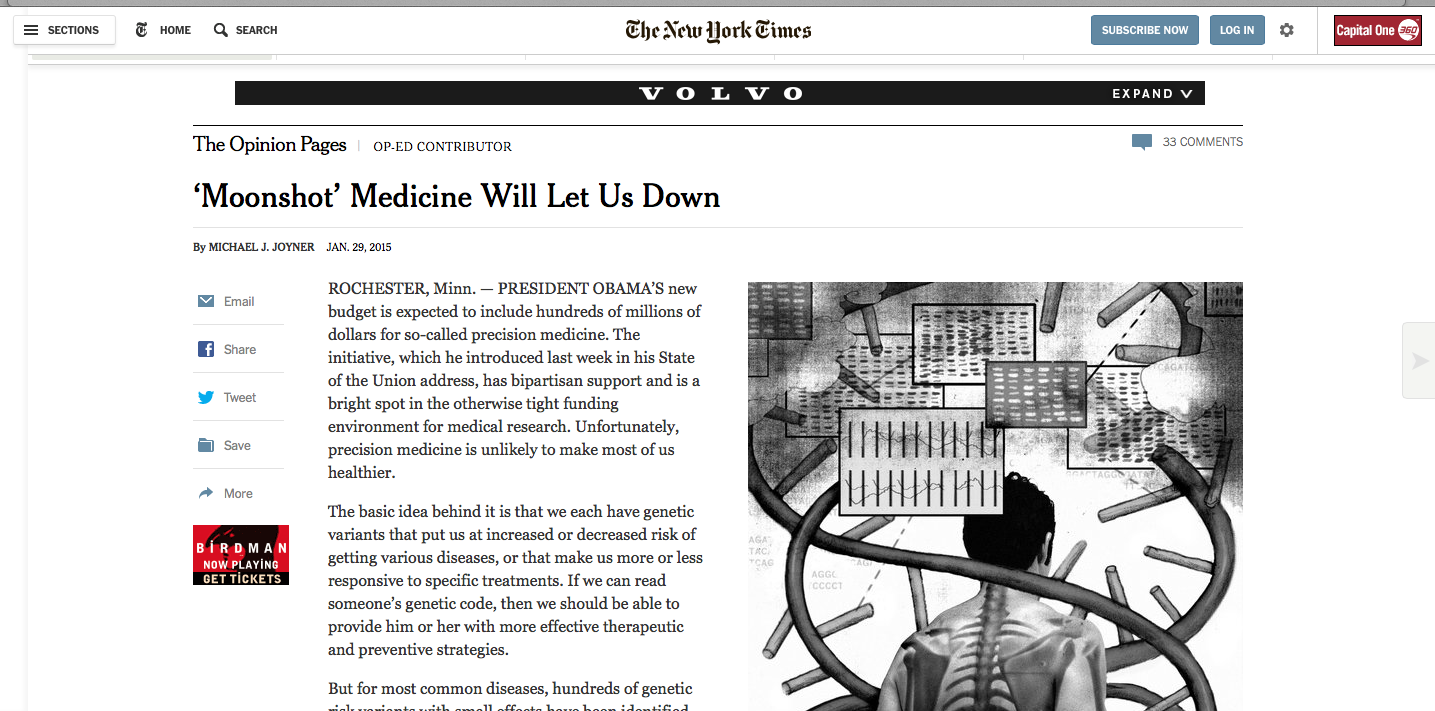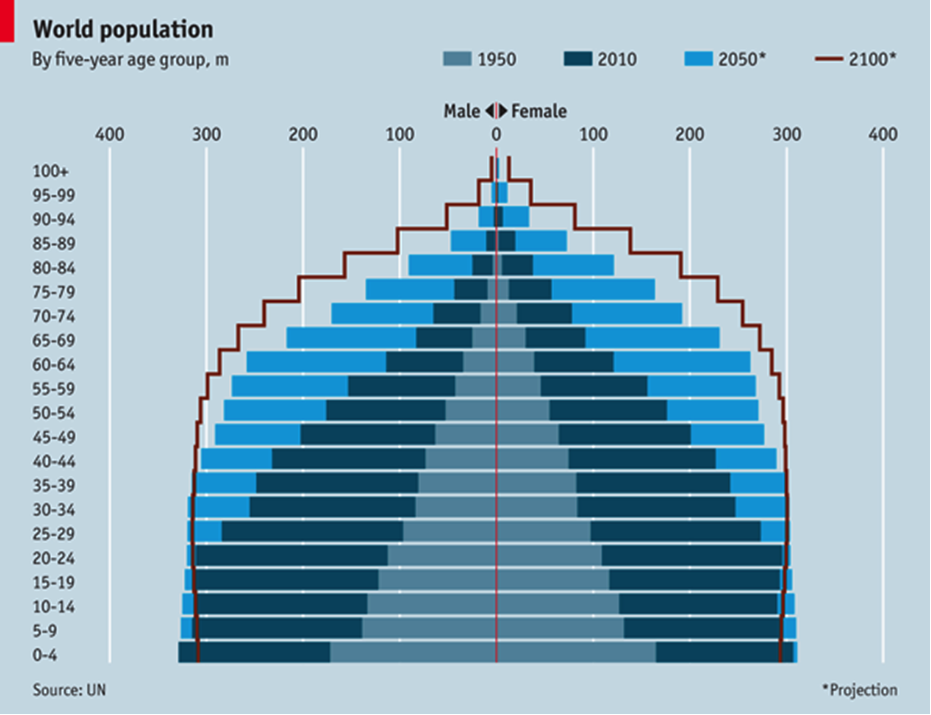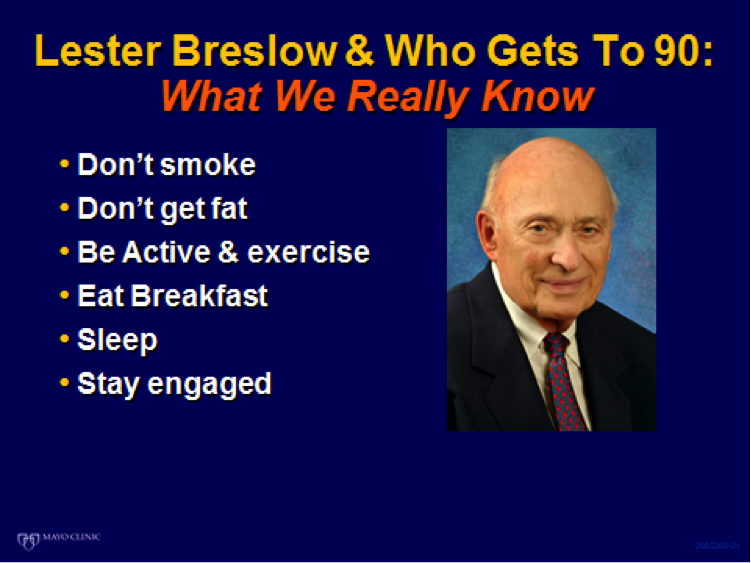Archive for the ‘Current Events’ Category
Moonshots & Medicine
Yesterday I was fortunate enough to land a featured op-ed in the New York Times about precision medicine in specific and the general topic of moonshots in medicine like the war on cancer. For those interested in learning more about these topics here is link to a classic paper by Comroe and Dripps on medical innovation and goal directed progress via “big science” vs. blind luck and marginal gains leading to progress. On a related note Bill Gates recently reviewed the 10 year results of his billion dollars of spending to improve health in the developing world. His conclusion was that not much had changed……
The graphic below is about the hype cycle. The question is always when and how long does it take to hit the plateau of productivity and just how high is it compared to the original expectations.
Demography, Destiny & Demographic Cliffs
It has been said that “demography is destiny” suggesting that at some level basic facts – like the distribution of the population in different age groups – are key determinants of what happens to a given culture, country or even the world. That having been said, it is well known that the “population is aging” and some have argued that the impact of aging on the world will ultimately be as big as the development of agriculture or the Industrial Revolution. I agree with this assessment and would add that aging is happening much faster and that we can see it coming in comparison the rise of agriculture and industrialization.
Countries age for two basic reasons: 1) fewer children being born per woman, and 2) people living longer. These two factors also operate to determine the total population of a given country and the world as well. The chart below shows world population pyramids starting in 1950 with projects to 2100.
In 1950 the relative number of young people was far greater than older people. The so-called pyramid then gets progressively “squared” by 2010 and beyond. This chart also projects total world population to be in the 9-10 billion range in 2010, it is currently about 7 billion.
China’s 1 Child Cliff
In the 1970s China took some pretty drastic population control measures including a strictly enforced 1 child policy. The rationale was to avoid famines. The policy has “worked” but now China’s population is rapidly aging and in fact the population of China is also projected to decline and population experts in China believe the 1 child policy needs to be reversed. The chart below shows the projections for China. The solid red line is the best estimate for what will happen this century with various high and low projections bracketing it. Subsequent charts for other countries follow the same format.
The impact of both an older population with fewer workers for every retiree and less total population is uncharted territory especially for a developing country like China. However, several more advanced countries like Japan and to a lesser extent Germany (and much of the rest of Western Europe) are already headed in this direction or at least headed to stagnating populations with a higher average age and fewer workers per old person.
In terms of both total population and the ratio of old people to workers, the US is relatively well off compared to China, Japan and most other developed countries. The reasons for this are more babies per woman and immigration.
Uncharted Territory
Population is a topic that leads to all sorts of discussion and debates:
- What are the ecological costs of increased population and what is sustainable?
- How aggressive should specific countries and the world in general be in promoting birth control and lower population growth?
- If there are fewer workers per old person, how will old age pension systems and medical care be funded? This is a topic in the US, but it is also a topic essentially everywhere. The relative good news for the US also points out one advantage of liberal immigration policies – fewer young people to pay the bills.
- Should the retirement age be raised?
- What will the psychology of an older world be like? Young people take chances and roll the dice on all sorts of things while older people tend to be more risk averse and seek “certainty”. Will the aging population lead to less economic growth as a smaller faction of the world decides to “go for it”?
Who knows how all of this will play out, but if the phrase “demography is destiny” is a truism, it is likely to be especially true over the next 50 or so years. And, we can see at least some potential demographic cliffs coming.
Three Books & Our Messy-Crazy World
If you had any doubts about just how messy-crazy the world is, the terrorist attacks last week in Paris should have convinced you. I have been thinking about how to understand the Paris attacks in specific and the phenomenon of terrorism and political violence in general. To do this I have started to re-read Eric Hoffer’s classic short book “The True Believer” first published in 1951.
In this book Hoffer outlines the causes of fanaticism and how it preys on alienated people with a sense of grievance who are looking for “something bigger than themselves”. The book was a favorite of Dwight Eisenhower who had seen in World War II exactly what evil unchecked fanaticism can bring. He also saw echoes of it in the Cold War including the way the US and other democracies were responding. As recounted in the New York Times link above, in the late 1950s Ike wrote to a terminally ill WWII veteran seeking “clarity” on the complex national security issues of the Cold War.
“Eisenhower also recommended a short book — “The True Believer” by Eric Hoffer, a self-educated itinerant longshoreman who earned the nickname “the stevedore philosopher.” “Faith in a holy cause,” Hoffer wrote, “is to a considerable extent a substitute for the lost faith in ourselves.”
Though Eisenhower was criticized for lacking an intellectual framework or even an interest in ideas, he was drawn to Hoffer’s insights. He explained to Biggs (the terminally veteran) that Hoffer “points out that dictatorial systems make one contribution to their people which leads them to tend to support such systems — freedom from the necessity of informing themselves and making up their own minds concerning these tremendous complex and difficult questions.” The authoritarian follower, Eisenhower suggested, desired nothing more than insulation from the pressures of a free society.
Substitute “religious fanatic” a few places in the excerpt above and what Ike said in the late 50s is perhaps even truer today.
If you only read one book all year read “The True Believer”.
Book #2
If you want to understand the limits of our metric driven world and the efforts of economist, managers, and others to turn everything about humanity into some sort of measurable “science experiment” with a business angle, then read “Small is Beautiful” by E.F. Schumacher published in the early 1970s. Schumacher points out that the human costs of economies of scale, bigger is better, growth is good, and all of the related activity needs to be considered skeptically along with ever more and more “return on investment” thinking. As things have “grown” and become more globalized and hyper connected since the book was first published in the early 70s, Schumacher’s ideas and observations seem almost prophetic.
Does every human activity have a value that can be monetized, measured and managed? It sure seems that way……
Book #3, Man’s Search for Meaning
So in a world where it is easy to get either alienated and/or become essentially a cog in some sort of industrialized or commoditized activity, is there a way out? The short answer is yes and one of the best resources to think about how to do this comes from the death camp survivor and psychiatrist Viktor Frankl. His book “Man’s Search for Meaning” was written in 1946 as he recovered from the Holocaust. He points out that in life there is no happiness without the pursuit of something beyond the self. One of his best observations is:
“Between stimulus and response, there is a space. In that space is our power to choose our response. In our response lies our growth and our freedom.”
To me this is a clear response to the industrialization and the increasing application of management theory to all human activities. We must choose to be more than organisms on some sort of stimulus response curve subject to manipulation
Connecting the Big 3
At some level the observation by Frankl above connects the major themes of these three great books. Themes of alienation and dehumanization run throughout the “True Believer” and “Small is Beautiful”. Some humans give up and essentially surrender. Unfortunately some of us are lured by mass movements and political or religious ideologies and surrender in a different way as we pursue “a purpose”. I guess in the final analysis, the hard thing to do is choose your own responses to this crazy world.
Don’t surrender your choices too easily to outside forces that seek to manipulate them for their own gain.
Remarkable Old People: Share Your Story!
Over the Holidays I bumped into a colleague who told me about her 95 year old father (a retired pharmacist) who is still physically active and living independently. He walks two miles per day, and plays golf (he shot his age at 91, but is now “only” doing 9 holes). He is also active in his church and community. The other interesting thing is that “Dad” had a hard time retiring and for many years pinch hit in pharmacies in the upper Midwest that were short staffed. My colleague also mentioned in follow-up e-mails that her Dad lost his mother in childbirth, was a WW2 veteran who got off the farm and into the pharmacy via the GI Bill, and he also quit smoking back in the 1960s.
Did He “Know” Lester Breslow?
The graphic below is one I use in talks on healthy aging and “who makes it to 90”. It highlights the key principles on this topic that were discovered by the pioneering epidemiologist Lester Breslow. When I heard the story of my colleague’s father what Breslow discovered certainly seems to ring true for “Dad”.
Circumstances & How You Respond
The other thing that hit me about “Dad” in specific and that also seems to apply to many healthy agers is how resolute and resilient they have been over the years. Somehow they all seem to understand — or maybe have learned — that you can’t always control the circumstances you find yourself in but you can control how you respond. At some level this may be a learnable life skill and the Holocaust survivor and famed psychiatrist Viktor Frankl felt that resilience can be learned. He noted:
“Forces beyond your control can take away everything you possess except one thing, your freedom to choose how you will respond to the situation.”
Please Share Your Story
I personally find stories like the one above to be incredibly interesting and inspiring. If you have one, please share it in the comments section and in a future post I will highlight the key messages and insights.
Thanks and remember the words of John Wooden:
“Do not permit what you cannot do interfere with what you can do.”
New Year’s 2015: Drinking Charts to Ponder
Who can think about New Year’s without thinking about drinking. The chart below is about 15 years old but still considered accurate and shows the relationship between drinking and the risk of cardiovascular disease. It shows that moderate alcohol consumption (essentially 1-2 standard drinks per day) is generally protective.
While moderate drinking is generally good for you, it is important to remember that binge drinking (4 drinks for women 5 for men) is bad news, and it is common.
The highlights of the bad news according to the CDC include:
- Motor vehicle crashes. Every day, 32 people in the United States die in motor vehicle crashes that involve an alcohol-impaired driver.
- Intimate partner violence. About 2 of 3 incidents of intimate partner violence are associated with alcohol.
- Risky sexual behaviors. Excessive drinking increases risky sexual behaviors, including unprotected sex and sex with multiple partners, which can result in HIV infection, other sexually transmitted diseases, and unplanned pregnancy.
- Fetal alcohol spectrum disorders. Any alcohol use by a pregnant woman can cause harm to a developing fetus, resulting in physical, behavioral, and learning problems later in life.
- Chronic conditions. Over time, excessive drinking can lead to alcohol dependence, liver disease, high blood pressure, heart attack, stroke, and certain kinds of cancer.
Summary
The data above and resources in the links speak for themselves. Enjoy New Year’s and every other social occasion that includes alcohol but remember that alcohol is perhaps the most dangerous drug and needs to be used judiciously.
Aging: The Political Elite & Airline Pilots
The reemergence of former Vice President Dick Cheney in the CIA torture debate raises or re-raises all sorts of questions. One question that is not getting much attention is the health and age of key decision makers like Supreme Court Justices and high ranking elected officials. I bring this up because Cheney has a long standing history of cardiac disease including at least four major open heart surgeries (two bypasses, an artificial heart and finally a heart transplant). I also bring it up in the context of commercial airline pilots who are forced to retire at age 65 and prior to that are limited from working if they have significant medical problems. Additionally, depending on their age, they have to pass yearly or twice yearly physical exams to continue flying.
The Supremes
Currently, five of nine members of the Supreme Court are over 65 and would be ineligible for a commercial airline pilots licence based on age alone. Justice Samuel Alito is knocking on the door and will be 65 on April 1st, 2015.
The Senate and House
The US Senate is an “old” organization with 40 of 100 members over 65. Harry Reid is 75 and Mitch McConnel is 72. I have no idea about the health status of Mitch McConnel, but Reid suffered strokes in 2013 and 2005. John Boehner is 65 and Nancy Pelosi is 74.
2016?
If Hillary Clinton were to be elected president in 2016 she will be 69, and she has a history of a venous blood clot in her brain. Vice President Joe Biden just turned 72 and has had brain surgery and also atrial fibrillation. Mitt Romney is 67, and at least as of 2011 was very rigorous about his diet and exercise regimen, but again as fit as he appears to be — he can run for president but can’t fly a commercial airline.
Does it Matter?
In the case of Dick Cheney there has been speculation dating from the middle 2000s that his medical condition(s) might have led to cognitive issues and clouded his judgement. There are also long standing concerns about the health of Franklin Roosevelt in the waning years of World War 2. He had a history of severe hypertension and other problems that almost certainly limited his ability to function late in the war. Woodrow Wilson had a debilitating stroke in office that was largely covered up. Then there is the case of William Howard Taft who weighed over 300 pounds, was likely diabetic and clearly hypertensive with systolic blood pressures over 200. Taft also had sleep apnea. After his presidency he served as Chief Justice of the Supreme Court and more or less acknowledged that he was having cognitive issues before he resigned and then died shortly thereafter at age 72. While we are at it, let’s not forget JFK, who was much younger but a medical train wreck.
Age Limits?
I am an advocate of healthy aging and believe that there should be no hard age limits for most jobs. However, I do believe that the health, especially the cognitive health of older decision makers needs to be evaluated and that those who show evidence of impairment should not be eligible for service. The other issue here is ongoing testing and evaluation of those already in office. Ronald Reagan was confused and rambling in one of his debates with Walter Mondale in 1984. Was it an early sign of his cognitive decline? A key elected leader or judge can make decisions that affect thousands of people in major ways with far more lives at risk than a full airplane. The president can embark on most military interventions with limited oversight. And don’t forget, there is a co-pilot on the plane.
A Holiday Gift For Your Athlete
I get a lot of questions about exercise equipment. What is the best exercise? How to workout on the road? What “should my kid be doing to improve” etc. There is one simple answer to this question and it is also an ideal gift for almost anyone with fitness or athletic goals regardless of age who does not have too many orthopedic limitations. So what is the answer?
Get a Jump Rope and use it!
Jumping rope (or skipping rope) is outstanding for general conditioning. It can be used to generate an aerobic workout and you can things like minute on minute off intervals skipping rope. Skipping rope also develops footwork and balance. For younger athletes these are skills that carry over to almost all sports. For middle aged and older people these skills are critical to ward off things like frailty and falls. Jump ropes are also cheap, portable, and don’t require a lot of space. The video clip below shows some classic footage of boxers jumping rope. Note especially the foot work and wild routine of the great Sugar Ray Robinson. Later in the video you can see Bernard Hopkins who keeps fighting at age 50.
click for video
What kind of rope?
I have a 40 year old Everlast leather jump rope with ball bearings that my mother got me sometime in the early 1970s. This is the type of rope the boxers use and it has stood the test of time. It is also a beautiful piece of functional industrial design. But almost any rope will do.
No barriers
The specifics of skipping rope aside it is important to remember that you don’t need much if any equipment or space to develop an outstanding and effective whole body exercise routine. Skipping rope along with some simple calisthenics is free, can be done almost anywhere, and requires minimal equipment. The key requirements are simply self-discipline and motivation.
You are currently browsing the archives for the Current Events category.












